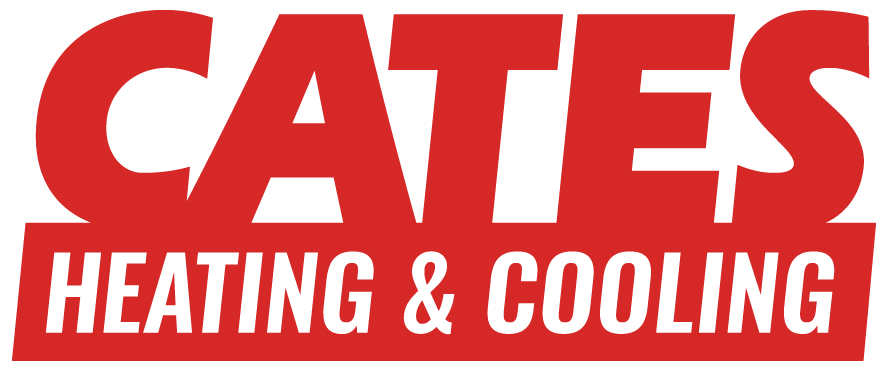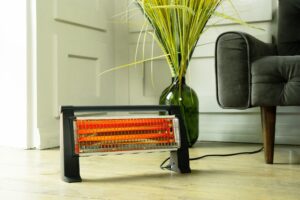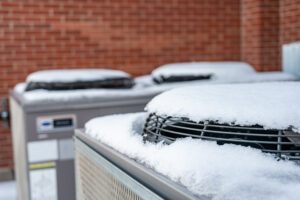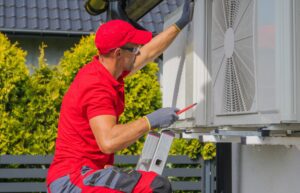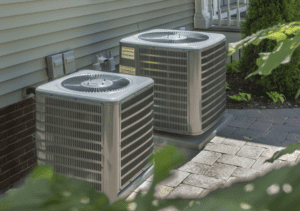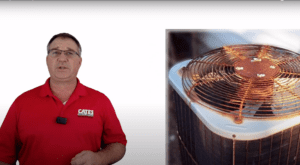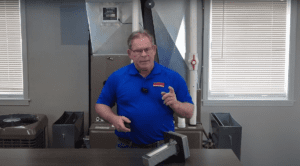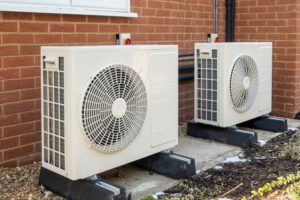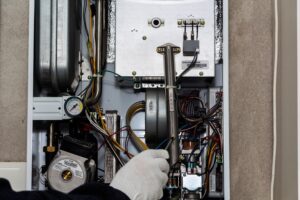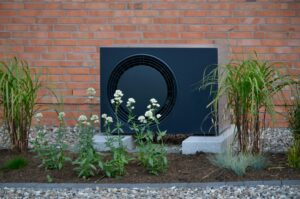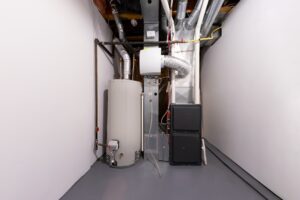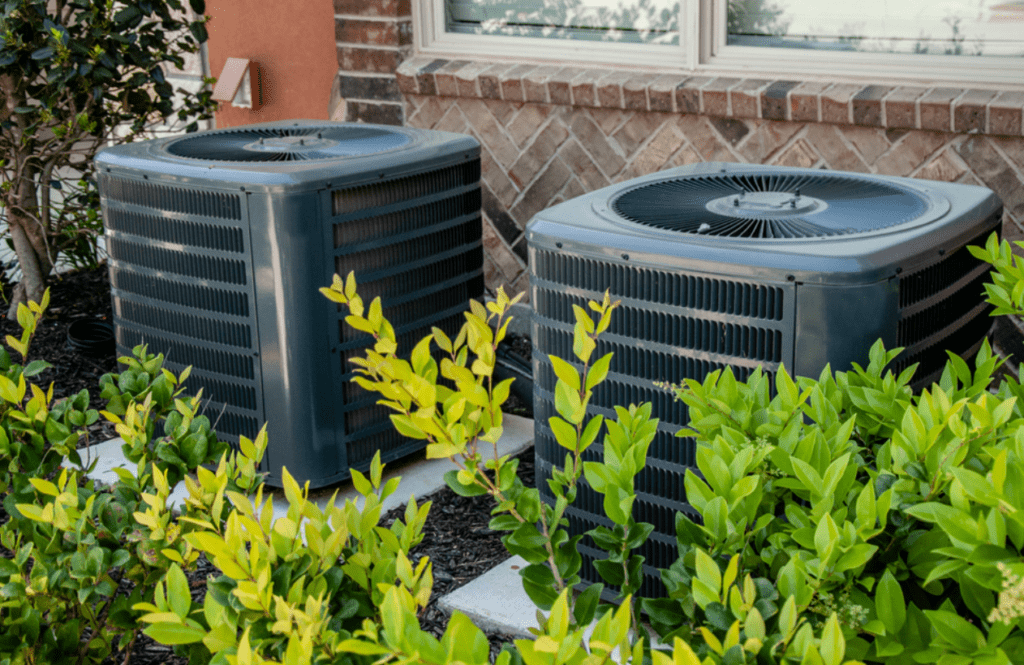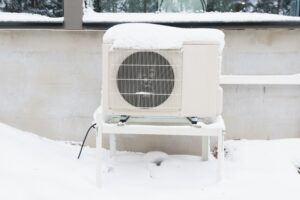As the seasons change, it can be difficult to manage the temperatures in your home. Turning the air conditioner on for the first time of the season can cause colder areas in the home, while other rooms remain warm and humid. Air balancing is an effective way to manage your home’s temperatures and ensure its HVAC system operates efficiently. Not only does air balancing combat the hot and cold spots for more even temperatures, but it also improves air circulation, increases energy efficiency, and enhance the overall performance of your HVAC system.
No matter what season it is, a variety of things can cause an air imbalance in your home, including how it was built and how well the ductwork was installed. Luckily, there are things you can do as a homeowner to balance the temperatures and prevent hot and cold spots in your home all year round.
1. Make Sure Vents Aren’t Restricted
A common cause of uncomfortable temperatures is that vents are blocked or restricted by furniture pieces. Make sure the area in front of each vent is not blocked by furniture or any other household items. Your HVAC system will need to work harder to heat or cool the home. A good rule of thumb is to keep at least 18 inches of space in front of a vent to allow good airflow.
2. Open or Close the Vent Register Accordingly
Similar to when the vent is blocked by furniture or other household objects, having the vent closed can block airflow, causing it to be too warm or cold, depending on the season. In some rooms, the vent registers may be more open than others or aimed in a different direction. For example, having a vent completely open and aiming in the direction of a couch or sitting area may cause the space to feel uncomfortably cold. When you are trying to find the best temperature for the season, gradually adjust vent registers to find an appropriate airflow balance. It may take a few days to determine what works best to maintain comfortable temperatures.
3. Check for Drafts
If windows and doors are not sealed properly it can lead to cold spots, or it can let cool air out and affect the efficiency of your air conditioning. Both scenarios can wreak havoc on the efficiency of your HVAC system. If you are noticing that there is a draft in your home or that your electricity bill is higher than usual, it is a good idea to check your windows and doors to make sure that there is not air getting in or out.
4. Adjust Ceiling Fans
Most people don’t know that you can reverse your ceiling fan to make it warmer in a room. Changing the direction of a fan will boost the air circulation in the room. During warmer months, your ceiling fan should spin counterclockwise, pushing air down and creating cool air circulation. On the other hand, a slow, clockwise motion during colder months will evenly disperse warm air throughout the room.
5. Install Blinds or Window Coverings
Drapes, blinds, and shades can do a lot for maintaining temperatures in your home. Windows without coverings heat a room faster during the summer, while leaving a room colder in the winter. Installing window coverings can do wonders for regulating your home’s temperature and improving efficiency. This is especially effective in the summer when the intense sun can enter the home and quickly create a hot spot in the home. If you already have window coverings, remember to close them before leaving home if you plan to be gone for several hours of the day.
6. Clean Filters
Not only do clean air filters help prevent creating hot and cold spots in a home, but they also have other benefits. Clean filters keep energy costs down, improve the home’s air quality, increase the efficiency of the furnace, and keep the HVAC system running longer.
7. Turn the Thermostat Fan On
Most thermostats have the settings ON, AUTO, and OFF. Turning the fan ON can help control temperatures and manage air circulation. While this can cause your energy bill to be a bit higher, turning the thermostat fan ON can boost the comfort levels of your home.
8. Avoid Placing Electronics Near Your Thermostat
Large electronics can create a lot of heat and interfere with the efficiency of your HVAC system, especially when these devices or pieces of equipment are located close to the thermostat. The thermostat can pick up heat from these devices, causing it to misinterpret the temperature of the room, and therefore pushing out more or less heat or air conditioning depending on the thermostat setting.
9. Set Your Thermostat Appropriately
Constantly adjusting your thermostat is not only expensive, but it makes it difficult to maintain comfortable temperatures in your home. When changing the temperature setting on your thermostat, it is beneficial to do this gradually. If your home is two stories with two thermostats, it may also be worth trying a two-degree offset. Try setting your second floor thermostat to two-degrees lower than the first floor thermostat. This approach can help regulate the temperatures and prevent different stories of the home from feeling uncomfortable.
10. Seek Professional Help
If you try these simple tips and tricks and are still experiencing hot and cold spots in your home, it may be time to get professional help. A trained HVAC technician can evaluate the duct work, check insulation, and adjust the system’s blower. They can also make sure that your home’s HVAC system is the appropriate size. If it isn’t, the technician can recommend a different size system or even a zoning system.
At Cates Heating and Cooling, our HVAC technicians are experts in servicing the Kansas City area. If you are experiencing hot and cold spots in your home, one of our expert technicians can help get the temperatures in your home back to comfortable levels for your family. Contact us today at 913-888-4470.
